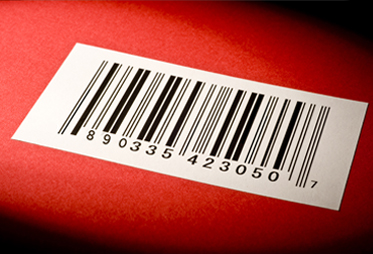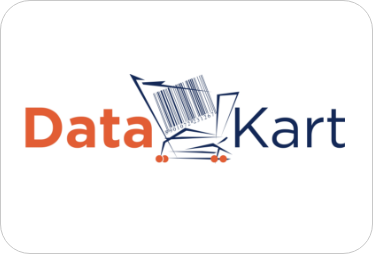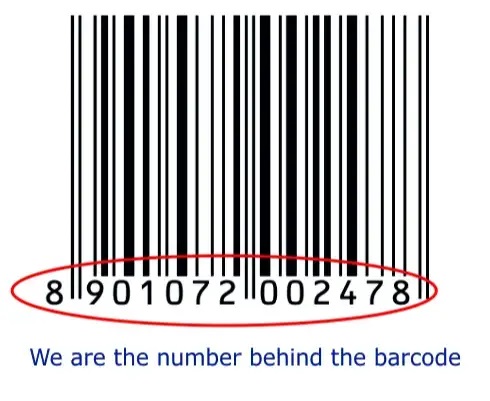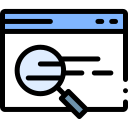Retailers endorsing GS1 Standards
Why Subscribe From GS1 India

Only authorised body to allocate barcode numbers starting with 890

Easily generate and manage your barcodes with DataKart

Engage with your customers and get feedback from them directly

Get financial assistance of 80% on registration & annual subscription fee for first 3 years
*For micro enterprises only
Implementation support for your barcodes

Enable retailers and e-tailers verify your GTIN
Need For Barcodes To Sell Through Online Marketplaces
Testimonials
Our services are synonymous with customer satisfaction, trust and value. And this is what is echoed in our customers' feedback.
FAQs
What is a GTIN?
GTIN® is a registered trademark of GS1 that stands for 'Global Trade Item Number'. It is also known as the GS1 barcode number for consumer products as this number is encoded in a product barcode.
GTIN provides unique identity to a product, globally, which acts as the key to several Retail applications, such as Point of Sale (PoS) billing, inventory management at retail outlets and distribution centres, and for traceability, product recall across supply chain trading partners.
Why do I need a GTIN?
GTIN is important since it is widely used and asked for worldwide by trading partners in Retail supply chains which include manufacturers, retailers, logistics providers, shopping portals/ecommerce companies etc and provides a common way of identifying products moving in the supply chain.
It is a unique number which cannot be duplicated and enables avoiding any incidence of ambiguity in identification of retailed consumer products. If internal, proprietary product codes are used, such ambiguity may frequently arise.
Can I get GTINs from any other organisation in India?
No. GS1 India is the only authorised body in India for allocating GTINs starting with 890. It has been set up as a standards organisation by the Ministry of Commerce and Industry, Government of India, along with apex trade and Industry bodies, BIS. It is an affiliate of GS1 Global, a Belgium based GS1 organisation that oversees a network of 115 GS1 organisations worldwide.
GS1 Barcode is a 13 digit numeric code that starts with prefix ‘890’. This prefix number with the barcode symbol is registered as a trademark of GS1 India and its unauthorised issue/use would invite legal action.
Do not be misled by agencies/organisations claiming to provide GTINs at lower costs. You will get barcode numbers from them which will not be accepted by retailers/others.
How do I get GTINs for my products?
To get your GTINs, please register online or contact GS1 India.
What are the benefits of GTINs (GS1 barcode numbers)?
GTINs facilitate unambiguous and universal identification of consumer products across the complete supply chain and enables market access to retailers, shopping websites/e-commerce portals worldwide.
With GTINs, brand owners/manufacturers gain higher visibility of their products through search engines, including Google.
Only product data of authorised GTINs is uploaded into GS1 India’s DataKart, which is the national repository of data on retailed products in India with attribute information.
DataKart is used by retailers, e-tailers, manufacturers, etc. in India for sourcing data on retailed items directly from manufacturers and is the only reliable, trusted source in the country.
Data from DataKart also gets populated to GS1 Cloud, the global repository of information on retailed product in the world, and is designed for extensive use by global retailers, buyers, e-tailers, brand owners, etc.








